Our blog is designed with the concept of inviting those unfamiliar with jazz music to listen with ease. This time, we introduce the song "Caravan," featured in the movie "Whiplash," which was nominated for the 87th Academy Awards.
■ About the Song "Caravan"
"Caravan" is popular in both big band and combo jazz. This song was composed in 1935 by Duke Ellington and trombonist Juan Tizol, who was a member of Ellington's orchestra. With its distinctive and intense beat, it is considered a hallmark of Afro-Cuban jazz. The rhythm changes (Afro-Cuban ↔ 2-beat jazz) within the piece make it a gateway for beginners. Given its frequent performance in big band jazz, it is also often played by wind ensembles.
The song follows an A-A-B-A structure over 64 bars. The distinctive intro is sometimes cut by performers. Despite the fast beat, the melody is relatively relaxed, a common trait in fast-paced jazz tunes. This contrast between melody and tempo allows for limitless arrangement possibilities, and recent adaptations by jazz musicians have been particularly fascinating.
■ Let's Compare Different Arrangements
This time, let's experiment by comparing various versions (arrangements) of "Caravan." One of the fascinating aspects of jazz is the infinite ways and combinations in which it can be arranged. "Caravan" has been around for nearly 90 years and has been performed countless times, demonstrating its enduring popularity.
- Duke Ellington version of "Money Jungle"
Starting from the Roots
Indeed, we should begin with the original. Duke Ellington was a highly influential figure in big band jazz as a composer, arranger, pianist, and orchestra leader. His nickname, "Duke," meaning a nobleman, reflects his well-known attention to appearance and demeanor. Ellington's stature in the jazz world is comparable to other greats of the big band era, such as Count Basie and Benny Goodman.
As a composer, Ellington's talent was extraordinary. Many might recognize his famous compositions, such as "It Don't Mean a Thing (If It Ain't Got That Swing)," famously performed at Tokyo DisneySea's Big Band Beat, the jam session staple "C Jam Blues," and the charming "Satin Doll." His works have left a lasting impact on jazz.
As a performer and leader, Ellington's ability was equally remarkable. His band's theme song, "Take the 'A' Train," introduced in the previous blog, is highly recognizable and a classic in jazz history.
⇒ Let’s Listen! Introduction to Jazz Part 5 - Spring Edition
- From the "Whiplash" Soundtrack
In the movie introduced at the beginning, "Caravan" is performed during the final 9 minutes leading to the end credits, creating an intense atmosphere. Although the movie's perspective on music was somewhat controversial among jazz musicians, I believe those 9 minutes are a must-watch for anyone aspiring to a career in music. It compellingly conveys that jazz is not merely "stylish" music.
Interestingly, when I ask jazz drummers about their thoughts on "trading fours" (alternating solos between a soloist and drummer) or drum solos, they often express dislike. Although performing at that level would be enjoyable, the difficulty and the isolation of soloing can be daunting.
Nonetheless, the subtle interactions between the solitary Andrew and the fervent Fletcher during those final 9 minutes are a significant part of the movie's appeal.
- Big Band Version (The Steven Feifke Big Band feat. Chad Lefkowitz-Brown & Jimmy Macbride)
This big band arrangement was a version I got hooked on after watching "Whiplash." While it follows a fairly standard arrangement, the intro downplays the Latin feel and introduces a mysterious vibe by altering the rhythm. The technique of returning to a 2-beat rhythm midway is commonly used in big band arrangements and, honestly, doesn't it get you incredibly excited?
The sheet music for this arrangement is also available for purchase from the band. If any jazz players are interested, be sure to check the YouTube description for more details!
- Art Blakey & The Jazz Messengers Version of "Caravan"
Led by drummer Art Blakey, The Jazz Messengers deliver a standout performance of "Caravan," with Blakey's impressive drumming taking center stage. Interestingly, in this combo jazz arrangement, the piano handles the intro, setting it apart from other versions.
This album marked Blakey's first with Riverside Records, the same label that signed Bill Evans, introduced in our first blog entry. Riverside Records is also known for publishing some of Evans' masterpieces, including "Portrait in Jazz," "Explorations," "Waltz for Debby," and "Sunday at the Village Vanguard."
⇒ Let’s Listen! Introduction to Jazz - Bill Evans
In this album, Blakey showcases his talent with highly aggressive drum solos. The three lengthy solos, spanning from 0:00–0:30, 5:02–7:17, and 8:24–8:50, are imbued with the tension that is a hallmark of jazz, highlighting Blakey's exceptional skill as a drummer. The constant presence of this tension throughout the solos demonstrates the captivating nature of jazz and underscores Blakey's prowess and creativity as a musician.
- Wynton Marsalis' Version of "Caravan" from "Marsalis Standard Time, Vol. I"
Throughout "Marsalis Standard Time, Vol. I," Wynton Marsalis offers unconventional reinterpretations of jazz standards, and "Caravan" is notably tricky. When you count the rhythm in 4/4 time, the theme might throw you off. The last four bars of the A section have the bass emphasizing the second beat, resulting in a quirky and complex arrangement. The piano part is also quite technical, though that's a topic for another discussion.
Marsalis' solo is outstanding, showcasing his exceptional skill and creativity. While Marcus Roberts' piano solo is beautifully polished, it might feel a bit too clean for "Caravan," lacking some of the raw energy typically associated with the piece. Nonetheless, this divergence is part of what makes the album a redefinition of jazz standards through a modern and unique lens. This album exemplifies Marsalis' ability to honor tradition while pushing the boundaries of jazz interpretation.
- Hiromi Uehara's Version (Hiromi's Sonicbloom) from "Beyond Standard"
This is a bit off-topic, but I was really surprised to learn that Hiromi Uehara was chosen to compose the music for the movie adaptation of the jazz-themed manga "BLUE GIANT." I was like, "They got *the* Hiromi Uehara!?"
Now, regarding the album "Beyond Standard," one of its distinctive features is that every track is given a rather unusual arrangement. Besides Hiromi Uehara, I remember noticing some arrangements where the last two measures of part A are shortened, which made me realize, "It's more common than I thought."
Additionally, Hiromi Uehara has many elements in her music that lean more towards progressive rock rather than traditional jazz, which gives her albums like MOVE and ALIVE a unique feel that can also be sensed in "Beyond Standard."
So, what did you think? One of the most fascinating aspects of jazz, in my opinion, is the wide range of arrangements and interpretations. Even when it comes to rhythm, there are various variations like the ones mentioned above, which make jazz incredibly appealing.
In the previous "Let’s Listen! Introduction to Jazz" sessions, we've introduced products to help set up your listening environment. But why not prepare an entire room for this purpose? For example, you could set up a simple soundproof room and enjoy jazz at a high volume!











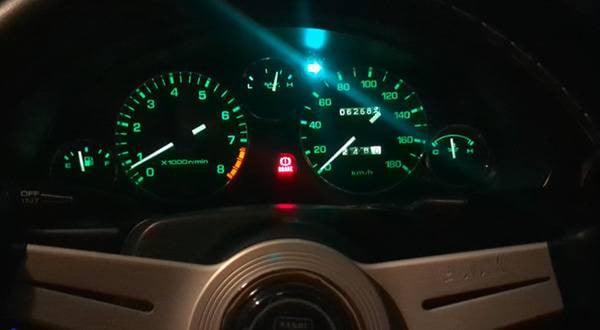


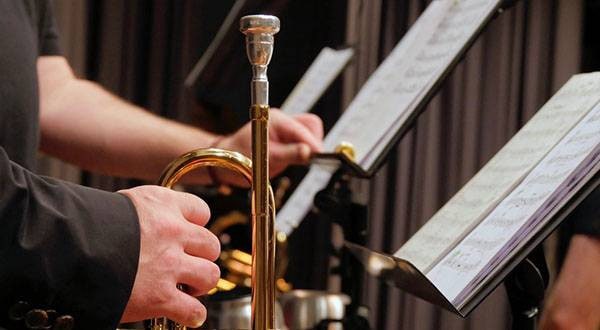
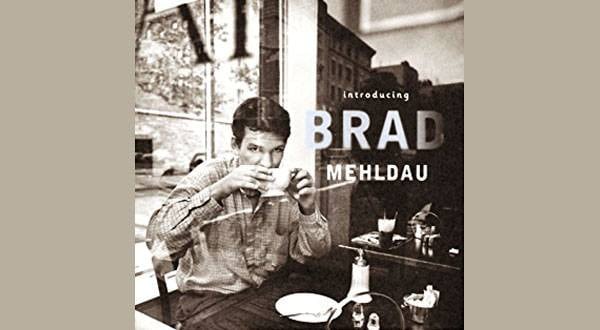
![[Enjoy the Ukulele Even More!] Can You Play Jazz on the Ukulele?](/contents/uploads/thumbs/5/2022/2/20220228_5_16884_1.jpg)
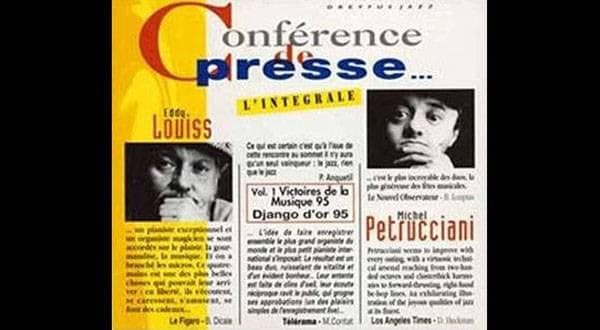

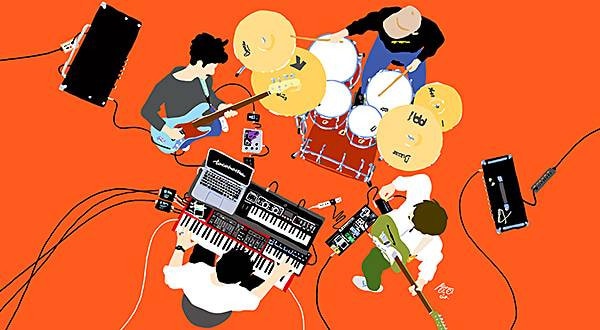
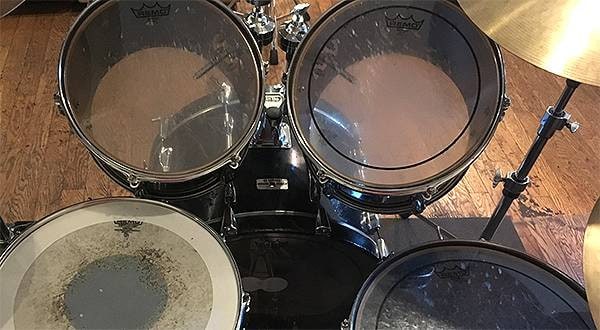
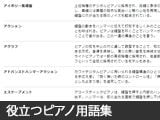 自分にあったピアノを選ぼう!役立つピアノ用語集
自分にあったピアノを選ぼう!役立つピアノ用語集
 各メーカーの鍵盤比較
各メーカーの鍵盤比較
 まずは弾いてみよう!楽譜の読み方
まずは弾いてみよう!楽譜の読み方
 用途で選ぶ!鍵盤楽器の種類
用途で選ぶ!鍵盤楽器の種類
 キーボードスタートガイド
キーボードスタートガイド
 キーボード・ピアノ講座
キーボード・ピアノ講座















